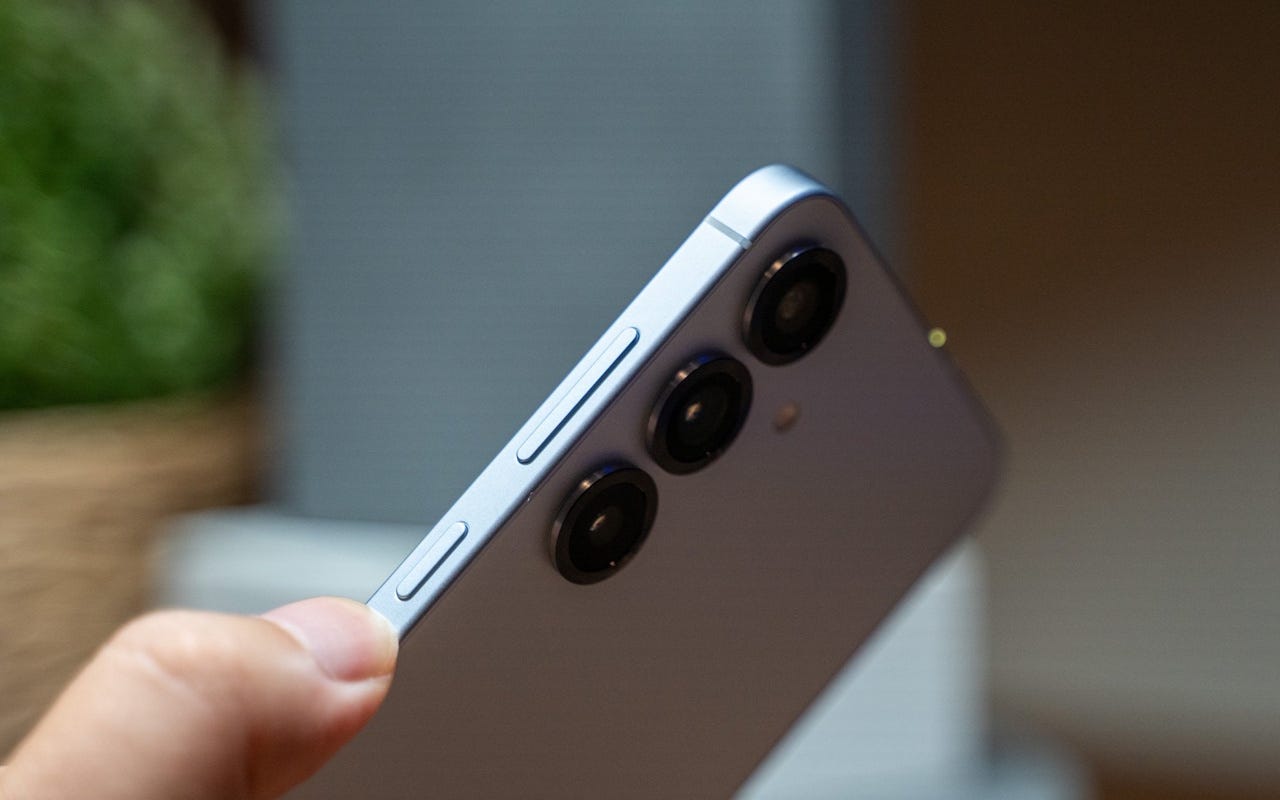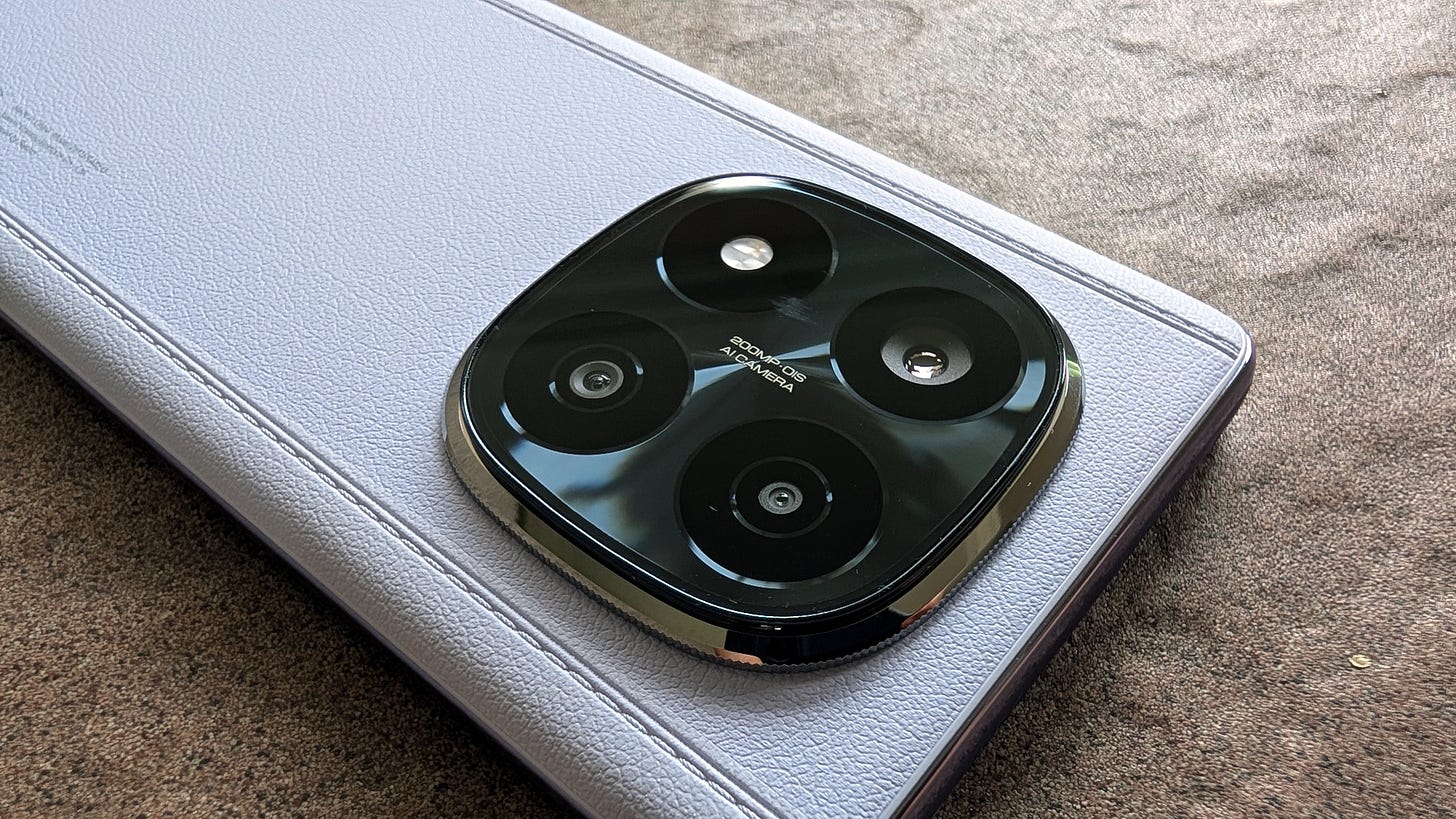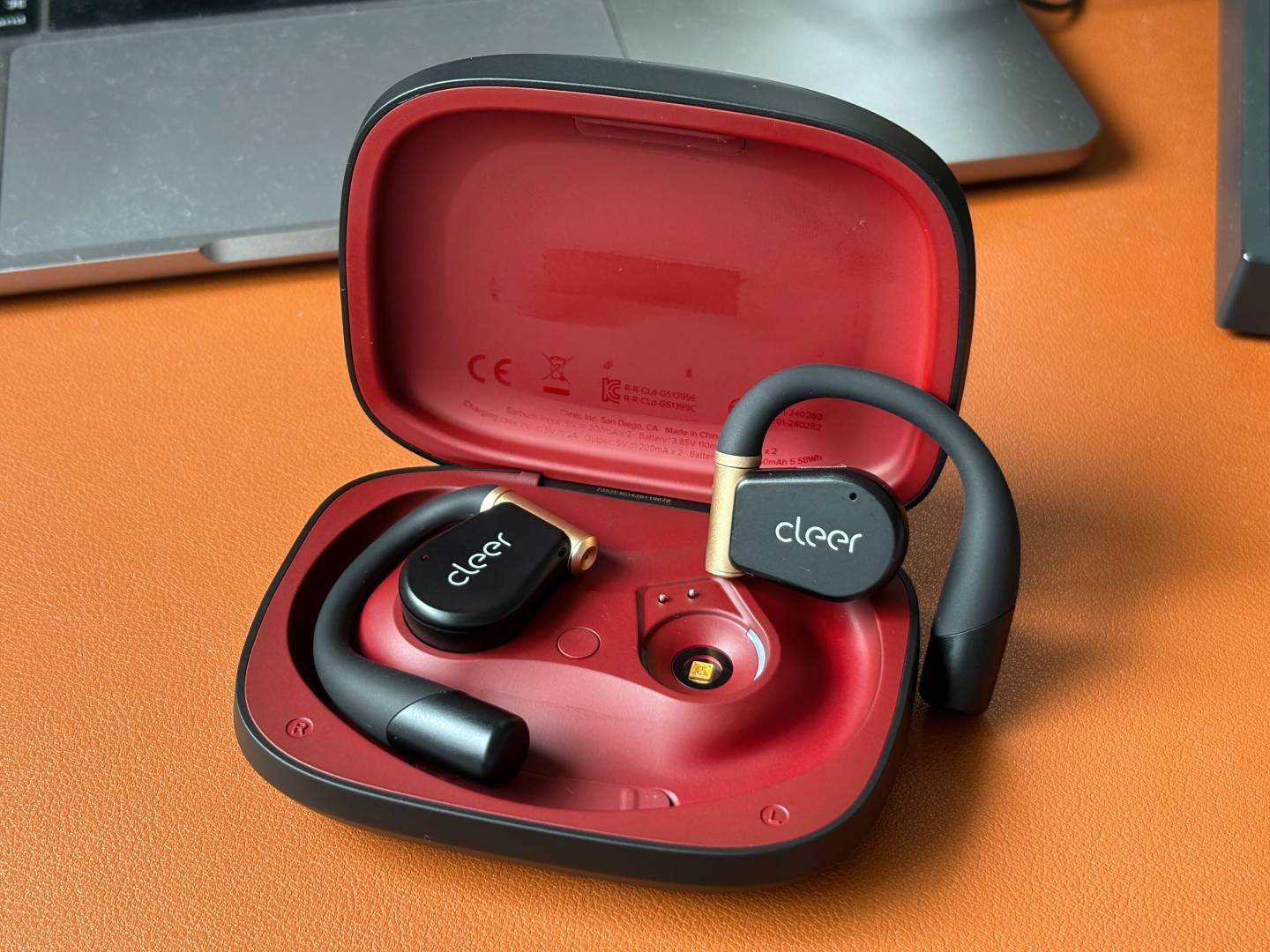Have we passed peak smartphone?
Smartphone hardware gains will continue to be mostly incremental
AI is the future of smartphones. That’s the takeaway from the recent smartphone launches from Apple, Google and Samsung. And it’s reflected in the phones themselves: Remove their AI features, and the phones from these big tech firms have stayed mostly the same — except for cosmetic tweaks, as well as minor processor and camera upgrades — for several years now.
Take the latest Samsung Galaxy S25+ that I have been testing for a few days. While the new, deeper integration with Google’s Gemini AI assistant is definitely helpful, there’s nothing noteworthy about the actual hardware. A comparison with last year’s S24 showed that — except for the chipset — the two models are practically the same. Same camera hardware, same battery capacity, same (slow) charging speed.
What’s more galling for those looking to buy the flagship Samsung Galaxy S25 Ultra for its richer features is that the included S Pen on the S25 Ultra no longer supports Bluetooth, unlike previous models. So you can’t take photos, execute air actions, and more, using the new S Pen. Samsung says most consumers aren’t using these Bluetooth-enabled functions, and it could well be true. But it feels like a step backwards. You know, the same reasoning that led to smartphones removing “less popular” features like expandable storage and the headphone jack.
This lack of smartphone hardware innovation isn’t just limited to the major smartphone brands. Even China brands, which tend to focus more on hardware, have slowed down, though at least they are introducing new battery tech this year.
Instead, the last frontier of smartphone innovation appears to be around foldables. Last year saw Huawei pull off a tri-fold smartphone. However, consumers have yet to embrace foldable phones, and analysts are less than optimistic about the growth of foldables this year.
Going forward, what’s more likely to happen is that Chinese smartphone makers will go even bigger on AI. We may even see them using China’s Deepseek, which offers a much cheaper alternative to current AI offerings. In short, don’t hold your breath waiting for impactful hardware innovations in smartphones. We’re long past that.
This week, we tried a new mid-range Redmi smartphone that showed incremental hardware upgrades aren’t just restricted to flagship models. We also tested Netgear’s entry-level Wi-Fi 7 mesh router, and a pair of open-ear earbuds with a unique charging case.
The Redmi Note 14+ Pro 5G offers incremental upgrades over the previous version. Even the performance is more or less similar, though battery life has improved by a fair amount. Instead, the major changes are in the software, with AI predictably taking a bigger role this time, especially with the addition of Google’s Gemini AI assistant. It’s also as affordable as before, with Xiaomi keeping it at the same mid-range price (S$569).
Wi-Fi 7 routers are expensive — doubly so for mesh routers with multiple units to extend Wi-Fi coverage. But the entry-level Netgear Orbi 770 brings the price down, albeit at the cost of some features. Its performance is fine, and competitive with more expensive rivals, but due to some drawbacks, it may not be for everyone.
These open-ear Cleer Arc 3 Sport earbuds are perfect for exercise — they let you hear your surroundings, stay securely outside your ears (thanks to ear hooks), and have IPX7 water resistance. The charging case is also unique, with a touchscreen that offers media controls and EQ settings, as well as a UV sterilisation feature to cleanse the earbuds of germs while they are inside the case.





